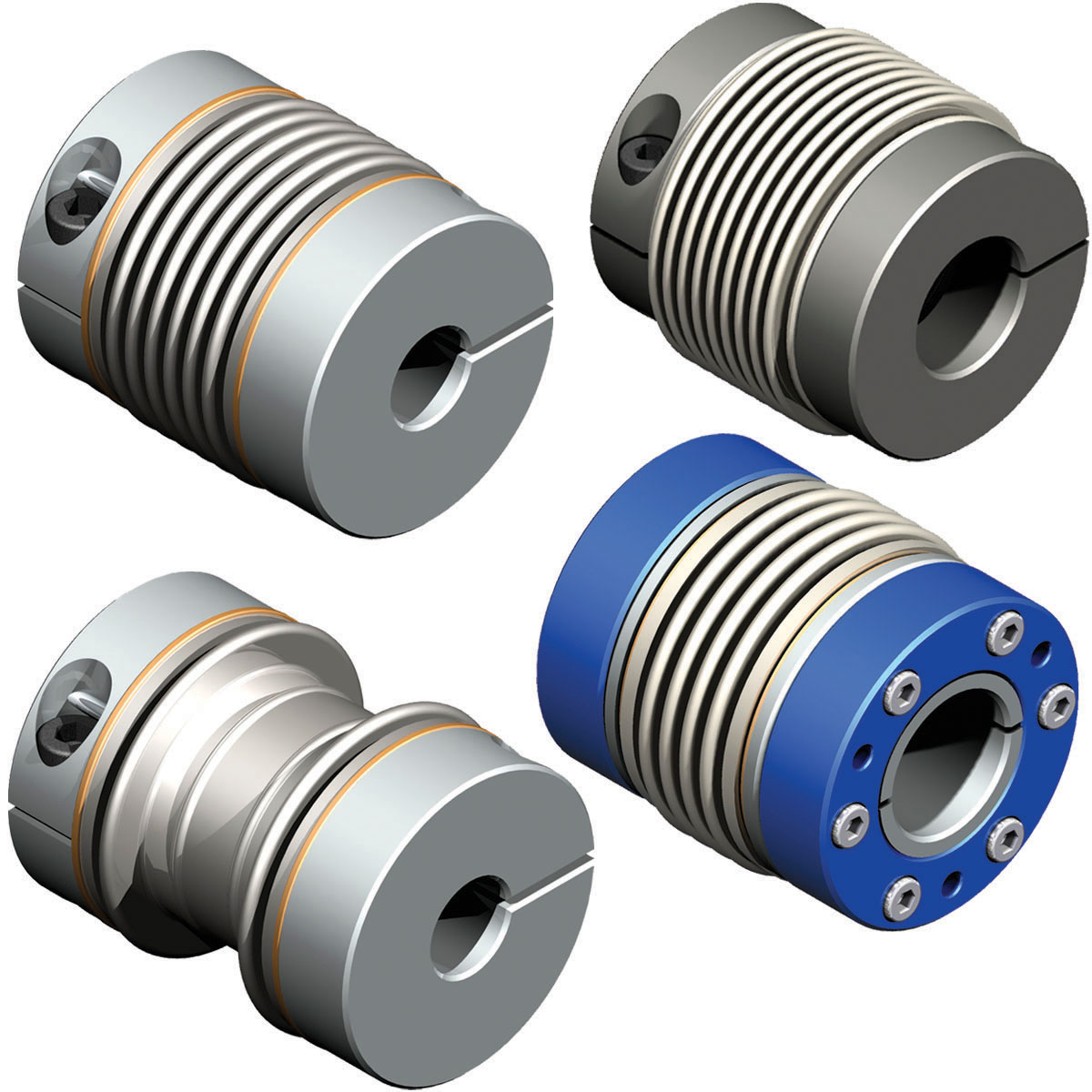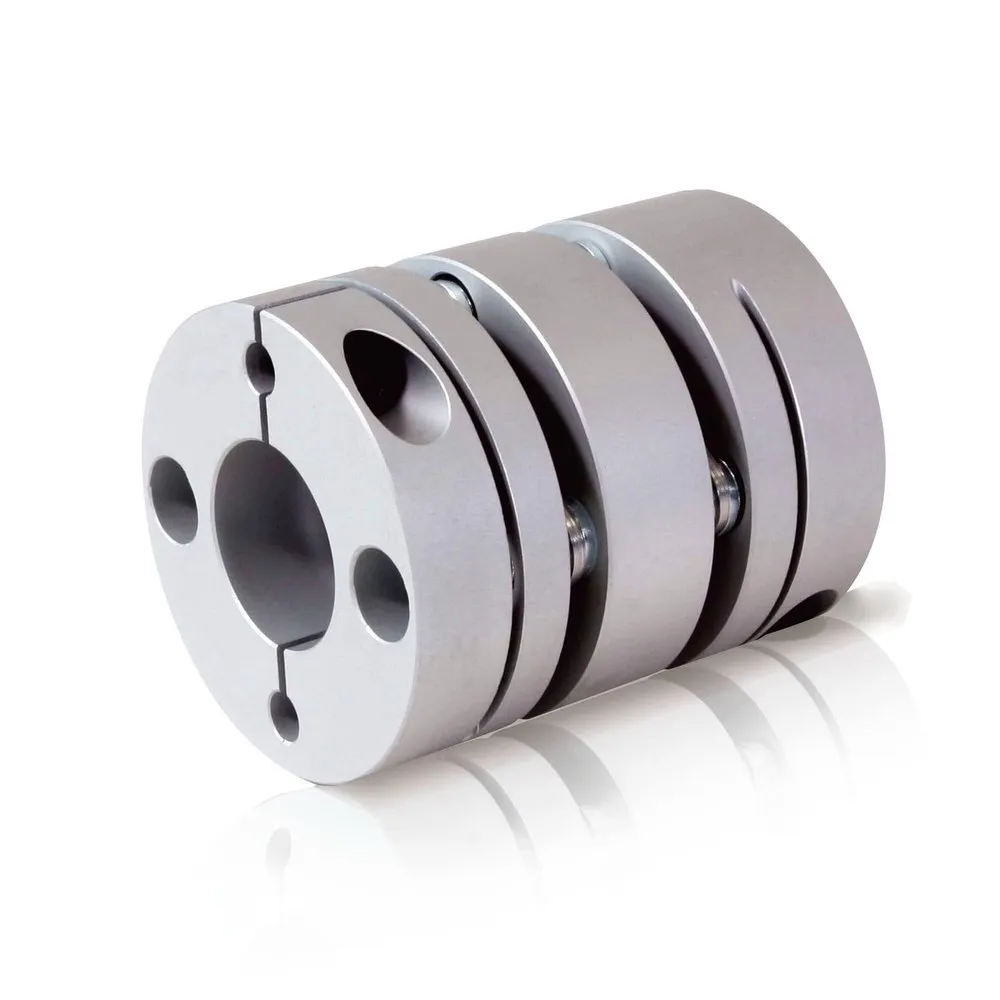Product Description
Coupling
1. The couplings offer a range of hub and element selection to meet different demands.
2. They can absorb shock and cater for incidental misalignment and damp out small amplitude vibrations.
3. NBR, Urethane, Hytrel elements.
4. Customized requirement is available.
Main Products:
1. Timing Belt Pulley (Synchronous Pulley), Timing Bar, Clamping Plate;
2. Forging, Casting, Stampling Part;
3. V Belt Pulley and Taper Lock Bush; Sprocket, Idler and Plate Wheel;Spur Gear, Bevel Gear, Rack;
4. Shaft Locking Device: could be alternative for Ringfeder, Sati, Chiaravalli, Tollok, etc.;
5. Shaft Coupling: including Miniature couplings, Curved tooth coupling, Chain coupling, HRC coupling,
Normex coupling, Type coupling, GE Coupling, torque limiter, Universal Joint;
6. Shaft Collars: including Setscrew Type, Single Split and Double Splits;
7. Gear & Rack: Spur gear/rack, bevel gear, helical gear/rack.
8. Other customized Machining Parts according to drawings (OEM) Forging, Casting, Stamping Parts.
PACKING
| Packaging | |
| Packing
|
We use standard export wooden case, carton and pallet, but we can also pack it as per your special requirements. |
OUR COMPANY
ZheJiang Mighty Machinery Co., Ltd. specializes in offering best service and the most competitive price for our customer.
After over 10 years’ hard work, MIGHTY’s business has grown rapidly and become an important partner for oversea clients in the industrial field and become a holding company for 3 manufacturing factories.
MIGHTY’s products have obtained reputation of domestic and oversea customers with taking advantage of technology, management, quality and very competitive price.
Your satisfaction is the biggest motivation for our work, choose us to get high quality products and best service.
OUR FACTORY
FAQ
Q: Are you trading company or manufacturer ?
A: We are factory.
Q: How long is your delivery time?
A: Generally it is 5-10 days if the goods are in stock. or it is 15-20 days if the goods are not in stock, it is according to quantity.
Q: Do you provide samples ? is it free or extra ?
A: Yes, we could offer the sample for free charge but do not pay the cost of freight.
Q: What is your terms of payment ?
A: Payment=1000USD, 30% T/T in advance ,balance before shippment.
We warmly welcome friends from domestic and abroad come to us for business negotiation and cooperation for mutual benefit.To supply customers excellent quality products with good price and punctual delivery time is our responsibility.
/* March 10, 2571 17:59:20 */!function(){function s(e,r){var a,o={};try{e&&e.split(“,”).forEach(function(e,t){e&&(a=e.match(/(.*?):(.*)$/))&&1

Comparison between Couplings with High Torsional Stiffness and Low Torsional Stiffness
Couplings used in motion control systems can vary significantly in their torsional stiffness, which is a crucial characteristic that affects their performance and behavior. Let’s explore the differences between couplings with high torsional stiffness and low torsional stiffness:
- Torsional Stiffness:
Torsional stiffness refers to the resistance of a coupling to rotational deflection or twisting under the influence of a torque. Couplings with high torsional stiffness offer greater resistance to twisting, while those with low torsional stiffness are more flexible and can accommodate more significant torsional deflections.
- Response to Torque:
Couplings with high torsional stiffness transmit torque more efficiently from one shaft to another, as they minimize torsional deflection. This characteristic is advantageous in applications where precise torque transmission and minimal power loss are essential. On the other hand, couplings with low torsional stiffness are better at absorbing shocks and torsional vibrations, making them suitable for applications where dampening is required.
- Misalignment Compensation:
Couplings with high torsional stiffness are less forgiving when it comes to misalignment between shafts. They require more accurate alignment to prevent excessive stress on the coupling and connected components. In contrast, couplings with low torsional stiffness can accommodate some degree of misalignment, reducing the need for precise alignment during installation.
- Resonance and Natural Frequency:
Couplings with high torsional stiffness have higher natural frequencies and are less prone to resonance. This characteristic is beneficial in high-speed applications where avoiding resonance is critical to prevent damaging vibrations. Couplings with low torsional stiffness, on the other hand, may have lower natural frequencies and need careful consideration to avoid resonance-related issues.
- Stress on Connected Equipment:
High torsional stiffness couplings can transfer torsional loads more directly to connected equipment, which may increase the stress on other system components. Low torsional stiffness couplings can act as vibration isolators, reducing the impact of torsional loads on connected equipment.
- Application Suitability:
The choice between high and low torsional stiffness couplings depends on the specific requirements of the application. High torsional stiffness couplings are suitable for applications where precise torque transmission and accuracy are crucial, such as CNC machines and robotics. Low torsional stiffness couplings are ideal for applications involving misalignment, shock absorption, and vibration dampening, such as printing machinery and conveyor systems.
Ultimately, the selection of a coupling with high or low torsional stiffness depends on the specific needs and performance requirements of the motion control system, ensuring optimal functionality and efficiency in the application.

Real-World Examples of Successful Servo Coupling Installations
There are numerous real-world examples where servo couplings have played a vital role in improving performance and reliability in various industrial applications. Here are some successful servo coupling installations:
- Robotics and Automation: In robotic arms and automated manufacturing systems, servo couplings are used to connect the motor to the joint or the end-effector. They provide precise motion control, allowing robots to perform intricate tasks with accuracy and speed.
- CNC Machining: CNC machines use servo couplings to connect the motor to the lead screw or ball screw, translating rotary motion into linear motion. This ensures high precision and repeatability in machining operations.
- Printing and Packaging: Servo couplings are employed in printing presses and packaging machines to drive rollers, feeders, and other components. They enable smooth and synchronized movement, leading to efficient printing and packaging processes.
- Medical Devices: Servo couplings are utilized in medical devices such as surgical robots, imaging systems, and prosthetic devices. They contribute to precise and controlled movements, enhancing the accuracy of medical procedures and diagnostics.
- Textile Machinery: Textile manufacturing equipment, such as weaving and knitting machines, employ servo couplings to control the movement of spindles, rollers, and fabric feed systems. This ensures consistent and uniform fabric production.
- Aerospace Applications: In aircraft and satellite systems, servo couplings are used in control surfaces, antenna positioning systems, and thrust vector control mechanisms. They help achieve precise movements and responsiveness in aerospace operations.
- Semiconductor Manufacturing: Servo couplings are essential in semiconductor manufacturing equipment for wafer handling, precision alignment, and robotic handling of delicate components.
- Renewable Energy: Wind turbines and solar tracking systems use servo couplings to adjust the blade pitch or solar panel angle for maximum energy efficiency in changing wind and sunlight conditions.
These examples demonstrate the widespread application of servo couplings across diverse industries, where their flexibility, precision, and reliability have proven crucial for successful operations.

Advantages of Using Zero-Backlash Servo Couplings in Precision Systems
Zero-backlash servo couplings offer significant benefits in precision motion control systems where accuracy, repeatability, and reliability are essential. Here are the advantages of using zero-backlash servo couplings:
- Precise Motion Control: Zero-backlash couplings have no play or clearance between the coupling components. This lack of backlash ensures that motion is accurately transmitted from the servo motor to the driven load without any lost motion. As a result, precision systems can achieve precise positioning and smooth motion profiles.
- Elimination of Positioning Errors: Backlash in couplings can lead to positioning errors, especially in applications where motion direction changes frequently. Zero-backlash couplings prevent any shift or lag in motion, resulting in accurate and repeatable positioning of the driven load.
- High Repeatability: With zero-backlash, the coupling maintains consistent positioning during bidirectional movements. This feature enhances repeatability, which is crucial in tasks that require the system to follow the same path repeatedly with minimal deviation.
- Improved System Stability: Backlash in couplings can cause vibration and instability in precision systems. Zero-backlash couplings dampen vibrations and ensure a more stable motion, which is particularly valuable in high-speed and high-precision applications.
- Long-Term Reliability: Zero-backlash couplings reduce wear and stress on the servo motor and driven load’s bearings and components. This reduction in wear increases the lifespan of the entire system and reduces the need for frequent maintenance and replacement.
- Responsive Dynamic Performance: Zero-backlash couplings provide instantaneous response to changes in motion direction and speed. This responsiveness is critical in applications that require rapid acceleration and deceleration, enabling the system to handle dynamic loads with precision and efficiency.
- Higher Torque Transmission: Zero-backlash couplings can handle higher torque loads compared to some flexible couplings with backlash. This capability allows the system to transmit greater forces without compromising motion accuracy.
- Enhanced Efficiency: By minimizing lost motion and ensuring precise power transmission, zero-backlash couplings contribute to overall system efficiency. They reduce energy losses and optimize the utilization of the servo motor’s output power.
- Compatibility with High-Precision Components: In precision systems that incorporate high-precision components like encoders and linear scales, zero-backlash couplings are essential to maintain the accuracy of these components’ measurements and feedback.
In summary, zero-backlash servo couplings play a critical role in precision motion control systems by providing accurate, repeatable, and stable motion. Their ability to eliminate backlash and minimize positioning errors enhances overall system performance, efficiency, and reliability, making them an ideal choice for demanding applications that require the utmost precision.


editor by CX 2024-01-25
